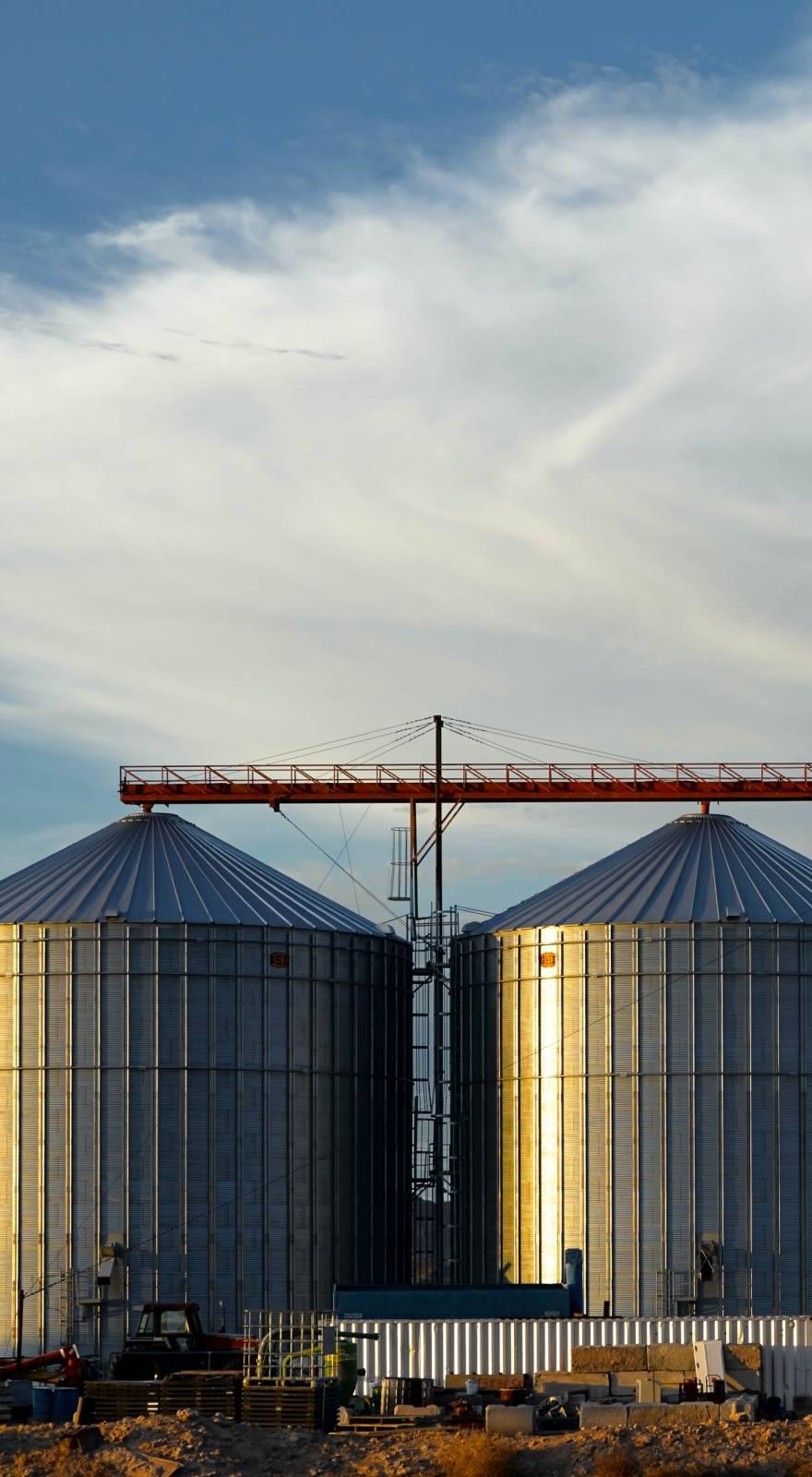Knowde Enhanced TDS
Identification & Functionality
- Chemical Family
- Composite Materials Functions
- Technologies
- Product Families
- Identification
RA10 Blue Glossy, RA11 Clear Glossy, RA12 Blue Matt, RA13 Clear Matt, PVA Release Agent.
- Appearance
- Clear transparent liquid (RA11)
- Clear hazy liquid (RA13)
- Blue transparent liquid (RA10)
- Blue hazy liquid (RA12)
Features & Benefits
- Materials Features
- Characteristics
PVA Release Agents are a liquid solution of polyvinyl alcohol resin in a mixture of water and industrial methylated spirits sometimes including small quantities of dye and/or matting agent dependent upon the grade. Available clear or blue in both glossy and matt versions. They have been developed to give best results if spray applied but glossy versions can also be applied by sponge or soft brush. PVA Release Agents can be applied over wax polish but the wax polish must be silicone free. Soluble in water and therefore can be washed off molds and moldings with water even when dry. Matt versions are especially useful when producing low gloss finished moldings.
Applications & Uses
- Markets
- Composites Processing Methods
- Applications
To achieve the best results when using PVA Release Agents it is recommended that they be spray applied. However, the glossy versions can also be applied by sponge or soft brush. The mold surface must first be thoroughly waxed and polished with a silicone-free wax ensuring that no areas are left unwaxed as they will result in sticking of the molding during release. During PVA application care must be taken not to flood the mold surface as this will cause variation to finish over the area coated leading to a similar finish variation in the molding. The best spray results are obtained by using as fine a spray as possible, and a high air pressure of between 80 and 90 psi. A low output of PVA and a normal spraying distance of 30-40 cms should be observed. One thin coat of PVA should be applied via a continuous multiple pass technique to give a wet film thickness of 50-150pm (microns). The spray gun can be washed out after use with water and flushed through with solvent to remove residual water. The PVA must be allowed to dry completely before gelcoat or resin application to the mold begins. Cold, damp conditions will retard the drying rate. The drying rate should not be hastened by the simple expedient of turning a warm air fan over the sprayed mold; this will cause the wet PVA to skin over on the exposed film surface whilst leaving moist solution trapped underneath. Preferably, the mold itself should be pre-warmed in adverse conditions. Matt versions of PVA Release Agents should be stirred well before and during use. A PVA film is strongly recommended on new tooling for its insurance value in case waxing has been insufficient. Once the molding has been constructed on the mold and has cured, the PVA film may be dissolved to float the molding free of the mold by working warm water down into the interface between the molding and mold. PVA may be removed from both mold and moldings by washing them with water or methylated spirit where molds have become stained.
Properties
- Physical Form
- Typical Properties
| Value | Units | Test Method / Conditions | |
| Specific Gravity (25°C) | 0.92-0.96 | g/cc | LRTM No. 8b |
| Finish | Smooth and even | - | LRTM No. 9a |
| Drying Time (20-25°C) | approx. 1 | hour | LRTM No. 9a |
| Flash Point | approx. 23 | °C | - |
Storage & Handling
- Shelf Life and Stability
Shelf Life: 12 months
Stability @ 0°C: Still liquid after 24 hours

